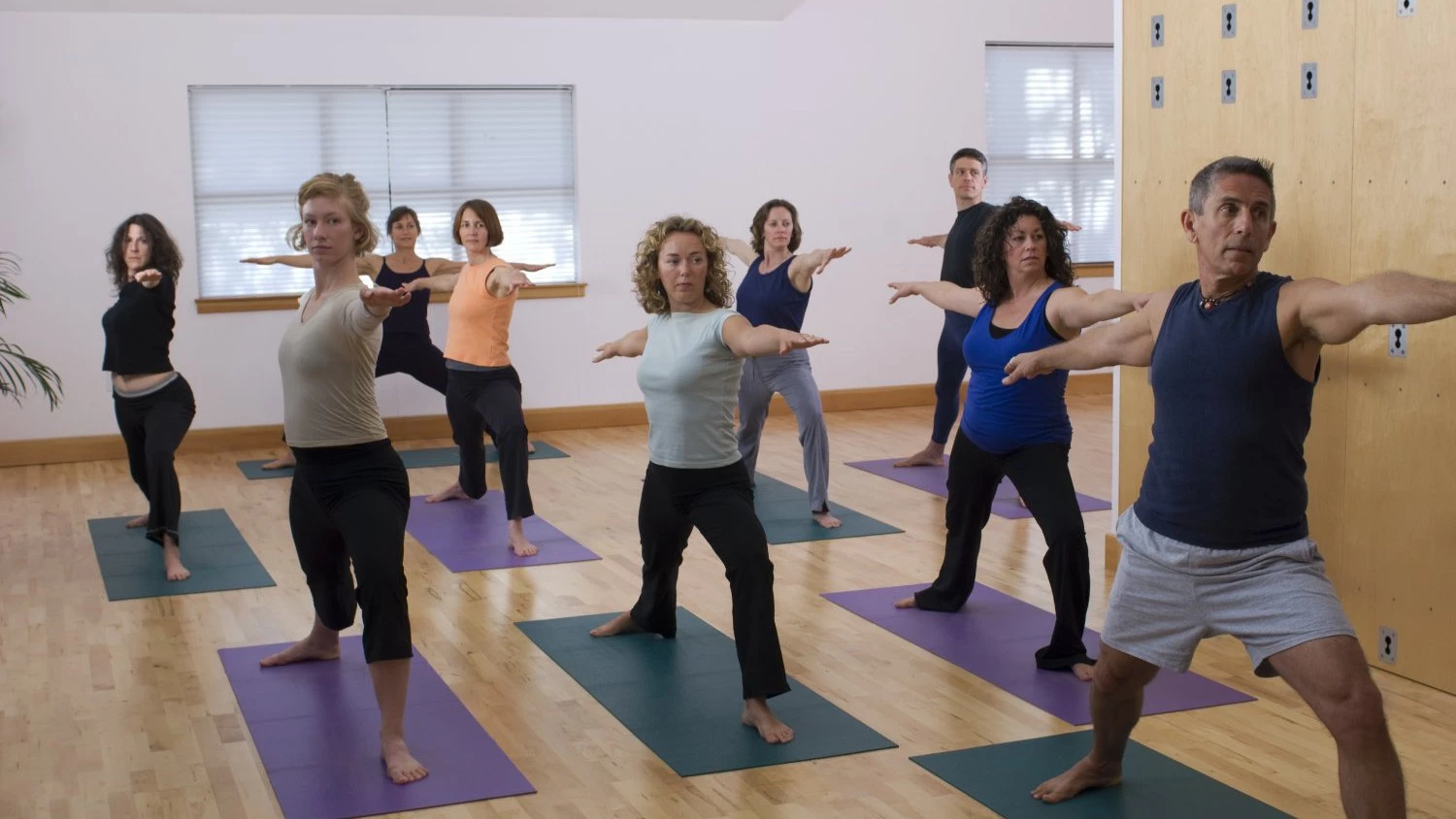If You Bring One Thing to Your Yoga Practice, Make It This

In the Yoga Sutras, Patanjali delineated the eight limbs of yoga. These precepts are intended as guidelines to living a life with meaning and purpose. They may be seen as a kind of map for seekers of greater happiness and spiritual fulfillment.
The First Limb of Yoga, the Yamas & Aparigraha
The first limb consists of the yamas, or universal ethical observances. The last of the five yamas is aparigraha. Sometimes translated as greedlessness, aparigraha encompasses the concepts of non-hoarding, non-possessiveness and non-attachment.
As a daily practice, aparigraha is an opportunity to take a few moments away from the busyness and activity of daily life to reflect on our actions, behaviors and thoughts. During this pause, we notice where we can let go and where we should hold on. This practice can be done on multiple levels: physical, mental, emotional and spiritual.
On a physical level, aparigraha encourages us to not covet objects or possessions that we don’t have. It can be a useful practice to look at one’s material possessions and determine what really needs to stay and what can go. In this way we can reduce clutter, organize and simplify our lives.
This same practice is useful on mental, emotional and spiritual levels as well. We might sit quietly and take stock of what’s working and what’s not … to notice where we can soften and relax, and where we should focus more attention and energy … to observe what emotions, thoughts and actions we want to bring with us into the next moment, and which we can let go.
Practicing Aparigraha on the Yoga Mat
On the yoga mat, each asana requires this constant attention to what’s needed and what’s not. As we take the time to breathe calmly in a pose, we cultivate awareness of what’s happening moment to moment in our bodies and minds.
We notice where we’re working too hard, maybe tightening or tensing; then we can try to soften and release some of this unnecessary energy. We also notice where we’re applying too little effort, maybe being a little lazy or loose; then we can brighten this area by applying just enough energy.
Furthermore, we apply all this effort while releasing attachment to the result. By applying aparigraha to our practice of asana, we let go of our idea of how the “perfect” version of each yoga pose should look, while we patiently acknowledge and accept our bodies in each and every moment, whatever that moment may bring.
Practiced regularly, aparigraha allows us to continually shed that which we don’t need to make space for that which enriches and enlivens us.
 Christine Malossi, RYT 200 is based in New York City, where she offers a mindful, alignment-focused Vinyasa practice that cultivates balance, awareness and equanimity. In addition to teaching private clients and group classes at studios throughout Manhattan, she also teaches at the Spencer Cox Center for Health at Mount Sinai Hospital’s Institute for Advanced Medicine where she designs a practice specifically tailored to patients diagnosed with HIV and other chronic illnesses. Christine is honored to be teaching yoga and to have the opportunity to pass on to others the joy and freedom that she has found in her own practice. Find her at www.christinemalossi.com.
Christine Malossi, RYT 200 is based in New York City, where she offers a mindful, alignment-focused Vinyasa practice that cultivates balance, awareness and equanimity. In addition to teaching private clients and group classes at studios throughout Manhattan, she also teaches at the Spencer Cox Center for Health at Mount Sinai Hospital’s Institute for Advanced Medicine where she designs a practice specifically tailored to patients diagnosed with HIV and other chronic illnesses. Christine is honored to be teaching yoga and to have the opportunity to pass on to others the joy and freedom that she has found in her own practice. Find her at www.christinemalossi.com.



